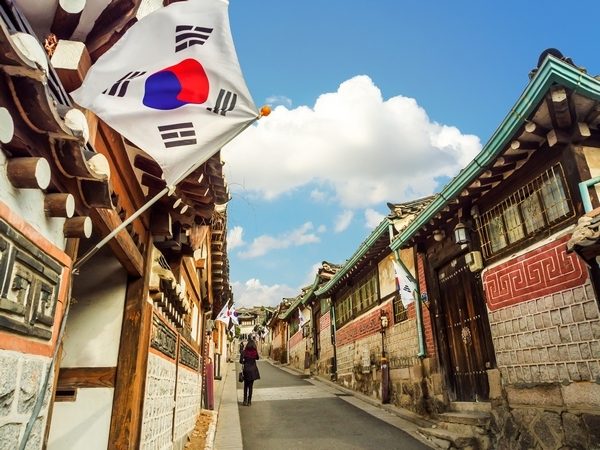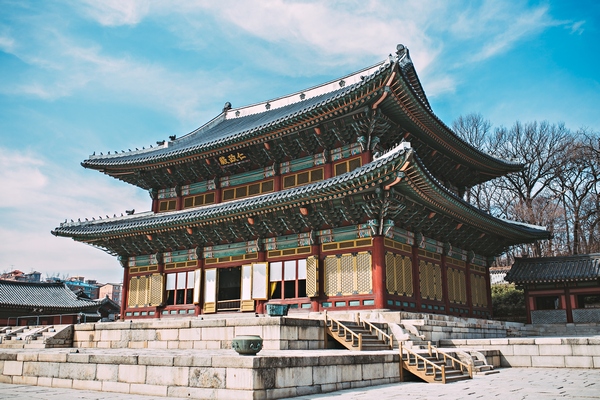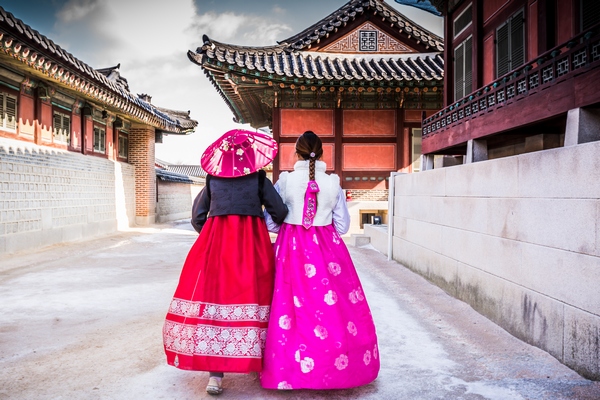Korean Translation and Interpreting
Since 1993, we have been able to ensure any translations including into and from Korean.
We usually provide translations from Korean into English and German, but if necessary, we can also provide a translation in the opposite direction or into other European and Asian languages with the highest quality.
The most frequent requirements for Korean translations are in the fields of law, technology, economy, and marketing, but we’ll gladly prepare translations from other specialisations too.

Why choose LEXIKA for your Korean translations?
At LEXIKA, we meet the given deadlines, we adapt to your requirements, use modern technology, and cooperate with experts. What’s more, we’ll translate your text quickly and at a reasonable price.
The quality of our services is confirmed by the number of national and international clients who repeatedly turn to us with requests for specialised translations, as well as interpreting services.
Without hesitation, we’ll provide you with translations of technical documentation, operating instructions, or financial or legal texts such as commercial and employment contracts from and into Korean.
Our team will be happy to explain all the necessary details so that you can choose the best possible option that suits your requirements.
How do we do it?
Translators – specialists
For translations of specialised texts we always select the best suited translator who is a professional in the field. Our Korean translators have long-standing experience and master Korean linguistic specifics, which results in high-quality translations.
International standards
Since 2009, LEXIKA is annually audited, based on which we obtain a certificate according to ISO 9001, which focuses on the quality management system. For our customers, it means they can be sure that their requirements will be processed properly. In order to get the best possible translation, we recommend having your texts translated in compliance with ISO 17100.
We use modern technology
For all Korean translations we use innovative translation technology, which helps us to prepare a high-quality and correct translation quickly and in compliance with your requirements. Thanks to these tools, we ensure consistent terminology, the shortest possible deadline, and reduce your costs for translation.
Quality assurance
We use quality assurance to verify correct grammar, stylistics, and the use of the given terminology according to your specific requests. The final or control phase requires close attention and thoroughness. Specialised translation tools facilitate this phase and make it quicker. After checking the translation, we also focus on the formal requirements and graphic layout of the text.
Interested in using our services?
Leave us a message with your requirements and we’ll get back to you
Korean – a difficult language not only at first sight
Korean is considered one of the most difficult world languages, not only by linguists but also by experts who study the difficulty of learning foreign languages. It appears in various rankings of the most difficult languages in twelfth, fifth, and even second place. Those who have learned Korean say that it takes several years and confirm that it’s extremely difficult.
Korean is a language isolate and so doesn’t belong in other language families and has little in common with other languages. From this point of view, it can be classified in the Altaic language family spoken mainly in Asia, which includes the Turkic, Mongolian, Tungusic and Japanese languages.

The unclear origin of Korean
The origin of Korean isn’t exactly defined. Some theories mention Japanese, which has similar grammar to Korean, but a different phonemic system. Other hypotheses refer to Mongolian, Tungusic, Manchu, or Turkish, as Korean has a lot in common with all these languages.
Korean is the official language of North and South Korea and of an autonomous region in neighbouring China. It is also spoken by ethnic groups in Japan, the Philippines, Russia, the USA, Canada, Brazil, and Australia. Overall, Korean has almost 80 million speakers.
Korean documents were originally written using Hanja – Chinese script. Nowadays, they use Hangul, which was created in the 15th century. The Korean alphabet contains 40 letters – 19 consonants and 21 vowels. As with every language, Korean has various dialects – central (Seoul and its surroundings), Chungcheong (in Chungcheong Province), Jeolla (southwest), Gyeongsang (southeast), Pyongan (official language of North Korea), Hamgyŏng (northeast), and Jeju (on Jeju Island).
As an illustration of Korean writing, here are some phrases:
안녕하십니까? Annyeong hasibnikka? Hello (literally “How are you?”).
다음에 뵙겠습니다. Daeume bwibge(s)sseubnida. See you later.
감사합니다. or 고맙습니다. Gamsahamnida/Gomapseumnida. Thank you.

